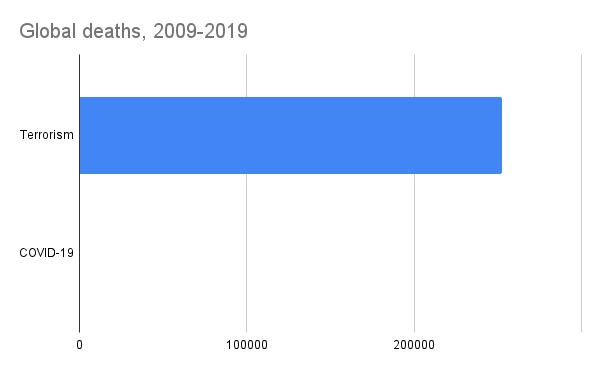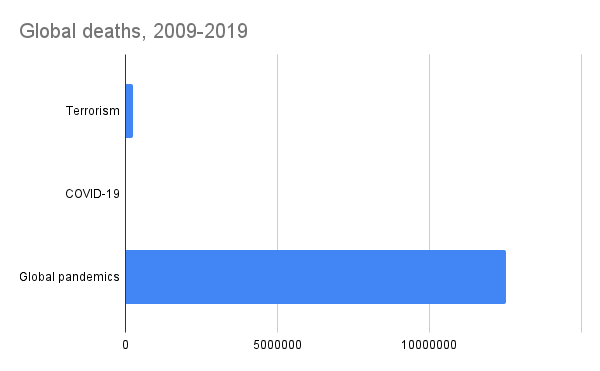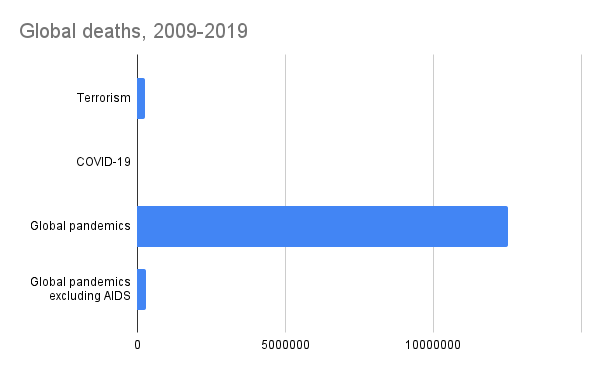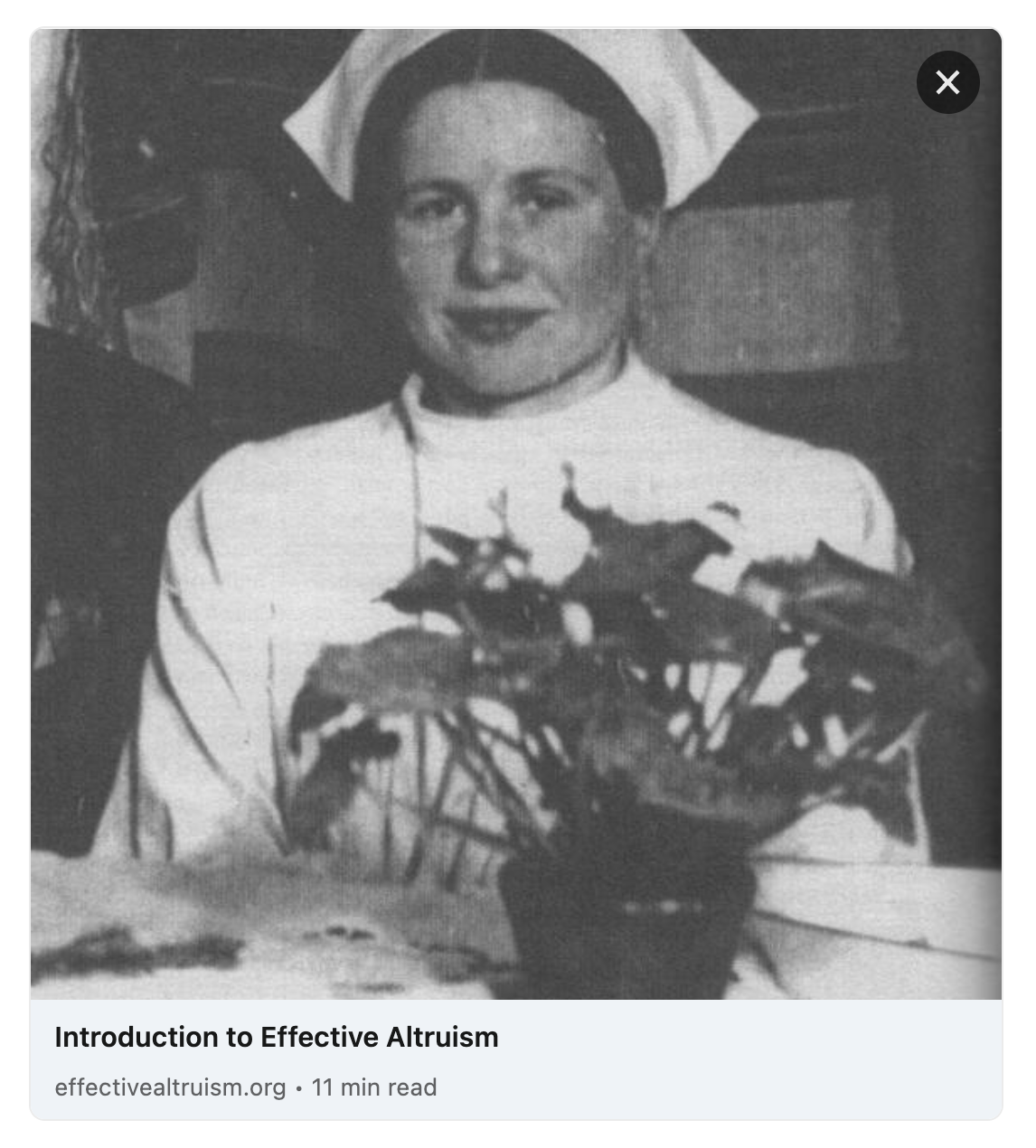In May, Julia Wise posted about how EA will likely get more attention soon and the steps that EA organizations are taking to prepare. This is a brief follow-up post that includes some specific actions that EA organizations are taking in light of this increase in attention.
We wanted to provide this update in particular due to the upcoming launch of What We Owe The Future by Will MacAskill, which is releasing on August 16th in the US and September 1st in the UK. Will is doing an extensive podcast tour to promote the book, as well as several interviews and articles in high-profile newspapers, many of which are releasing in the two weeks before the book launch. We are hoping that the media around the launch will help fill a gap in accurate, public-facing descriptions of longtermism. You shouldn't be surprised if there’s a significant uptick in public discourse about both effective altruism and longtermism in August!
Below are some updates about EA communications activity in the last couple of months.
New Head of Communications at CEA
The Centre for Effective Altruism recently hired Shakeel Hashim as Head of Communications, to focus on communicating EA ideas accurately outside EA. Shakeel is currently a news editor at The Economist, and will be starting at CEA in early September. As several recent forum posts have noted, there has thus far been somewhat of a vacuum for a proactive EA and longtermism press strategy, and we hope that Shakeel will help to fill that gap. This will include seeking coverage of EA and EA-related issues in credible media sources, building strong relationships with spokespeople in EA and advising them on opportunities to talk to journalists, and generally helping to represent effective altruism accurately. Importantly, Shakeel will not focus on leading communications for CEA as an organization, but rather for the overall EA movement, in coordination with many partner organizations.
Greater coordination between organizations on EA communications
As Julia mentioned in her original post, staff at CEA, Forethought Foundation, Open Philanthropy, and TSD (a strategic communications firm that has worked with Open Philanthropy for several years) have been meeting regularly to discuss both immediate communications issues and our long-term strategy. Some immediate focuses have been on responding to incoming news inquiries, preparing spokespeople for interviews, and preparing possible responses to articles about EA and longtermism. We’ve also drafted a longer-term strategy for how we can communicate about EA and related ideas.
New Intro to EA Essay
CEA has also just posted a new Introduction to Effective Altruism article. The article may go through some further iterations in the coming weeks, but we think it functions as a far better and more up-to-date description of effective altruism than the previous essay. We believe this new essay should serve as a main illustration of communications best practices in action: it uses examples of good EA-inspired projects to illustrate core values like prioritization, impartiality, truthseeking, and collaborative spirit; it recognizes the importance of both research to identify problems and the practical effort to ameliorate them; and it foregrounds both global health and wellbeing and longtermist causes. We hope this essay, beyond being a soft landing spot for people curious about EA, can serve as talking points for EA communicators. We welcome comments and feedback on the essay, but please don’t share it too widely (e.g. on Twitter) yet: we want to improve this further and then advertise it.
Resources
If you’d like to flag any concerns or questions you have about media pieces, please email media@centreforeffectivealtruism.org. The CEA team will likely be aware of major pieces, but it’s possible that some smaller ones may slip through the cracks.
If someone requests that you do an interview, please also feel free to reach out to media@centreforeffectivealtruism.org — the team can provide guidance on whether or not to accept the interview, and can provide media training for the interview if you move forward with it. And if you would like advice on any aspect of communications (such as how to frame a blog post or whether to seek coverage for an upcoming announcement), please don’t hesitate to get in touch — the team is here to help.
Conclusion
We’re hoping that these new initiatives will help us not only mitigate the risks of the increased media attention, but use it to share accurate versions of EA ideas to new audiences and accelerate the change we hope to see in the world. This is a great opportunity to share important ideas, and we’re very excited to make the most of it.





LOVE the new intro article!!
Feedback
At least for me, it was hard to tell the hierarchy of the content. I wonder if a table of contents might be helpful?
I think the issue stems from H3 and H4 tags being hard for me to tell apart, so a little confusing to subconsciously keep track of where I was in the document. Another problem could be the "What values unite effective altruism?" and "What are some examples of effective altruism in practice?" are H3 but "How can you take action?" and "FAQ" are H2 but in my mind they should all have been at the same level? Maybe just promoting the first two headers to H2 would be good enough to solve most of my confusion.
Also, the preview image when sending the link to someone on LinkedIn strikes me as a little odd and might hinder virality when it's time to share it on social media.
Ideas for Iteration
If the intro article takes off and becomes the "top of the funnel" of effective altruism for a lot of people, optimizing the "conversion rate" of this article could have big downstream effects.
I would definitely encourage collecting 1 on 1 feedback by having people new to EA read the content in person and speak their thoughts out loud.
Qualitative feedback can also be gathered more quickly with a tool like Intercom to directly chat with people while they're reading it and hear their thoughts / answer their questions.
It might also be a good idea to get some quantitative feedback with a tool like hotjar to see how far people scroll.
If the goal of the article is to get people intrigued with EA and diving deeper, perhaps emphasizing the "How can you take action" or the other parts in the "What's next?" section with special graphics or banners kind of like the newsletter box would be helpful. Then you can A/B test different iterations to see what gets people to tap more.
Speaking of A/B tests, you might be able to squeeze out a few more percentage of engagement by experimenting with the order of the examples, the number of examples, which examples are shown, the actual words in the content itself, the preview image, etc.
Thanks Eddie. We're planning to make some design tweaks and some edits in the coming weeks including a table of contents. I'll post in the forum when this is done. To be clear, I wouldn't recommend sharing widely until then.
We have done exactly that in the process of writing this essay!
Thanks for the feedback on the image preview - I hadn't spotted that.